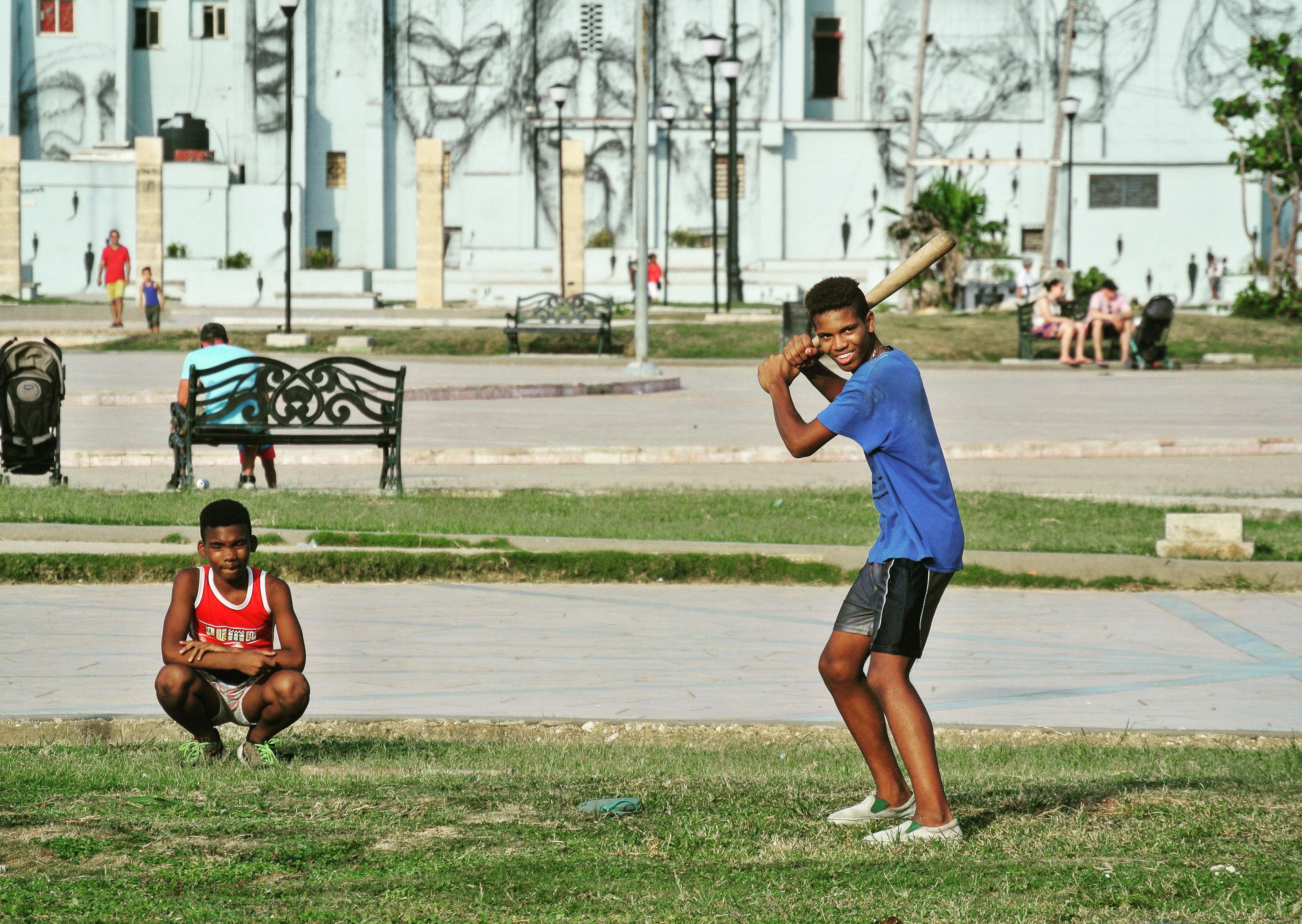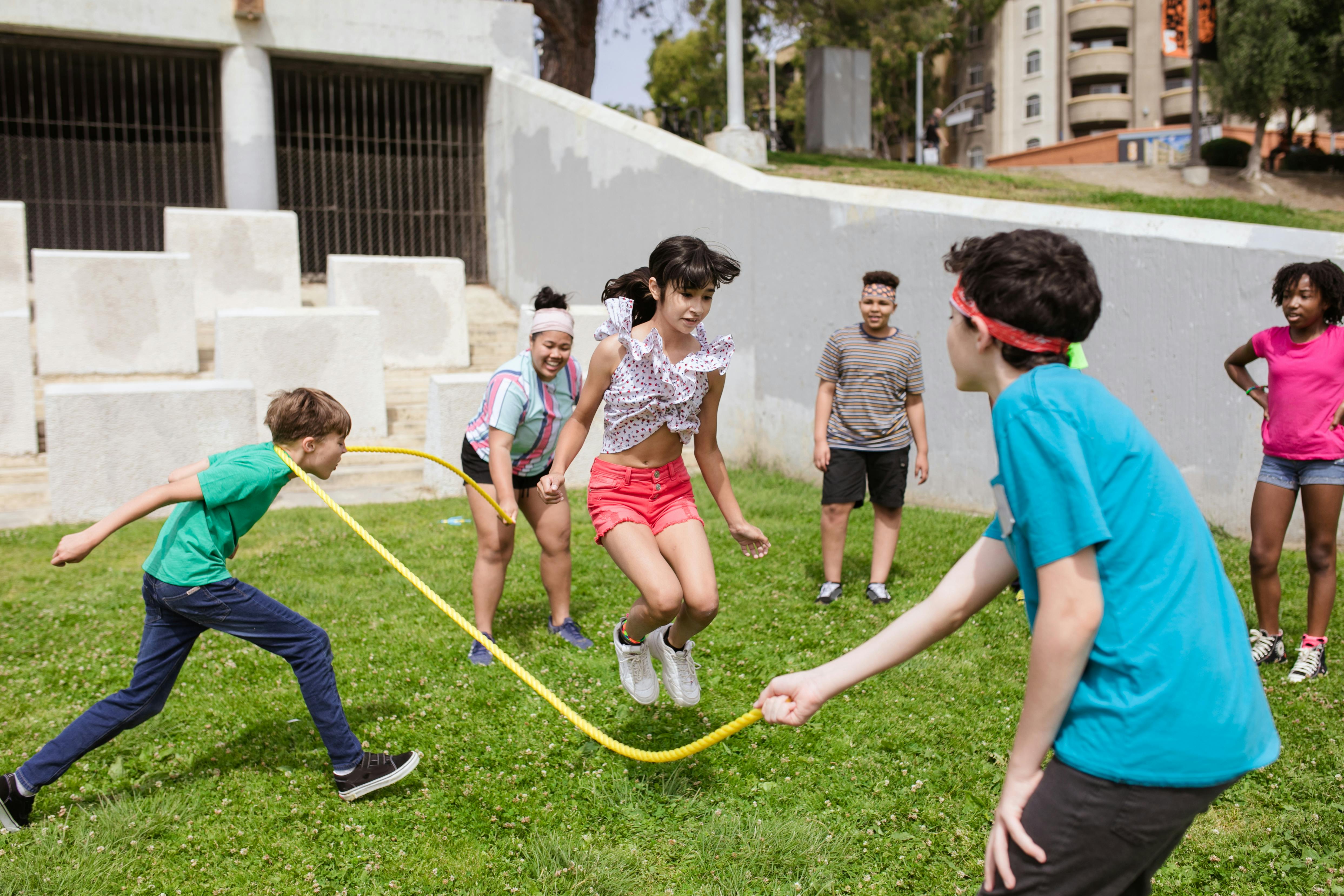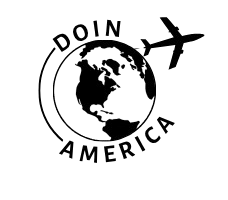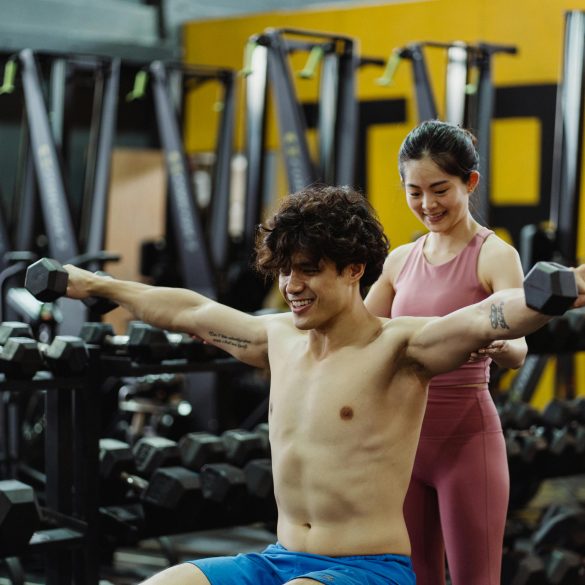Cuba Youth Sports: 5 Simple Community Steps for Massive Participation
Let me paint a quick picture. Imagine walking through the bustling side streets of Havana on a humid Thursday afternoon—kids in faded jerseys dart between parked bikes and ancient Ladas, chasing a battered soccer ball, trading laughs, fiercely defending their corners of scraped concrete. In Cuba, youth sports aren’t just an option for the privileged; they’re stitched into the fabric of daily life. But it wasn’t always this way, and the story of how Cuba mobilized entire communities to spread sports for youth is, frankly, one of the most powerful, replicable case studies out there for anyone hoping to spark real change elsewhere.
If there’s one thing that’s stuck with me after half a dozen field interviews and several more off-the-record chats with Cuban coaches (and one rather opinionated abuela on Calle Obispo), it’s this: Cuba’s youth sports movement blended top-down vision with bottom-up action—and the bottom-up part made the real difference. Community-led programs didn’t just increase participation; they transformed entire neighborhoods, forged lifelong bonds, and built a unique model that’s shockingly nimble, affordable, and inspiring by global standards1.
What I love about this topic—and why I think it’s absolutely relevant right now, post-2020 global disruptions plus renewed regional interest in simple, scalable solutions—is how Cuba’s approach goes way beyond policy or investment. It’s about practical, human steps: clear strategies, direct actions, and results anyone can see. Sure, there’s official support, but the magic comes from ordinary citizens stepping up.
Why Cuba? The Model Behind Youth Sports Success
Honestly, Cuban sport is legendary—everyone mentions the Olympic boxing medals and baseball dynasties—but what people often miss is how deeply it’s rooted in ordinary neighborhoods. Cuba has achieved near-universal participation rates in youth sports, with estimates suggesting upwards of 80% of school-aged kids actively engage in community or school-organized athletics on a weekly basis2. That’s not just luck—it’s a result of a deliberate, multi-layered approach:
- Community leadership is the foundation; local elders and young graduates become coaches, mentors, and connectors.
- Public spaces get transformed—a “basketball court” might be a cleared patch of street with chalk lines, but it’s always a home for aspiration.
- Youth themselves shape the programs, using peer mentorship and grassroots leadership to create buy-in.
- Resource partnerships—from state support to private contributions—close practical gaps and keep things running.
- Celebration and feedback cycles turn small wins into contagious motivation, making sports a proud badge for communities.
There’s complexity beneath this, but the visible steps are impressively direct—a blueprint that educators, policymakers, and local activists in almost any country can adapt flexibly.
Step 1: Build Trust and Local Leadership
Cuba’s first lesson? Sports participation flourishes where trust lives. In fact, some of the earliest successful programs, like the baseball clinics started in Santiago de Cuba in the 1970s, relied on retired athletes and school teachers working together—sometimes stumbling, but always learning how to earn respect first, then participation3. It’s not about recruiting the “perfect coach.” It’s about finding those with real credibility and local roots.
- Identify neighborhood leaders—teachers, retired athletes, respected parents.
- Give them ownership: let them define the team culture and outreach methods.
- Encourage informal leadership among youth—start with captains but develop whole teams as future program guides.
On second thought, it might sound overly simple—but that’s the truth of it. Sustainable youth sports start with local credibility, not imported expertise.
Step 2: Turn Everyday Spaces Into Playgrounds
What really strikes me about Cuba’s approach—I’m talking firsthand observations from my visits to Santiago and Matanzas back in 2022, where playgrounds are scarce but energy is abundant—is that almost any open space gets used for play. While most Western programs wait for formal facilities, Cuban communities flip the question: how can we use what we have ahora mismo? According to local government sources, over 60% of Cuban youth sports events take place in streets, parks, or even school yards outside school hours4.
- Repurpose local parks, side streets, and community centers for open-play sessions.
- Encourage “pop-up competitions”—ten-minute soccer matches using natural boundaries and neighborhood volunteers as refs.
- Reverse-engineer formal programs via informal play—start with games, then move toward structure and leagues.
Back in the day, when I worked with neighborhood teams in Santiago, we’d lay down skipping rope boundaries or pile up old shoes to mark goals. The heart of it? Don’t wait for perfect infrastructure—start, adapt, and let momentum build.
Step 3: Engage Youth Voices and Peer Mentorship
One aspect of Cuban sports nobody talks about enough: youth leadership. Peer mentorship accelerates participation and deepens commitment. Data from Cuba’s National Sports Institute reveals programs with youth-led organization see up to 42% higher retention rates versus adult-led teams6.
Visión clave
Want lasting engagement? Let teens lead drills, organize matches, even recruit teammates. It builds organic leadership and spreads responsibility.- Set up peer mentor programs where older youth teach skills to younger kids.
- Invite youth representatives to planning meetings for new programs.
- Incentivize leadership with recognition, simple awards, and team-building retreats.
I remember a 15-year-old captain in Havana, Carla, who mapped out the year’s schedule on the back of a cereal box, rallying her friends for tournaments—her energy, not the adults’, drove turnout. Youth voices are far more powerful motivators than top-down mandates.
Expert Perspective: Youth Ownership Drives Success
Step 4: Partner for Resources and Sustainability
Now, here’s one spot where Cuba’s public-private hybrid shines. While basic infrastructure is community-driven, material resources often come from partnerships—from state agencies to local business owners to international NGOs. These partnerships fill supply gaps (balls, uniforms, nets) and provide expertise for advanced coaching and health checks7.
- Create multi-sector coalitions—combine municipal, school, and faith-based group resources.
- Negotiate with local businesses for equipment donations and event sponsorships.
- Engage international organizations for specialized coaching clinics and equipment pools.
One mistake I’ve seen: expecting one sector to do all the heavy lifting. In Cuba, nobody hesitates to ask for help, barter, or just retool what’s available. The result? More kids, more games, better outcomes.
Mobile-Friendly Table: Cuban Partnerships Powering Youth Sports
| Partner Type | Role | Typical Contribution | Cuban Example |
|---|---|---|---|
| Public Sector | Facilities, coordination | Spaces, coaches | National Sports Institute |
| Local Businesses | Funding, materials | Equipment, sponsorships | Havana Market Owners |
| NGOs | Expertise, outreach | Clinics, health checks | Street Child Sports Project |

Step 5: Celebrate Wins and Evolve Quickly
Here’s the thing: Many youth sports initiatives stall because routine kills momentum. Cuba’s fix? Celebrate constantly—team wins, individual improvements, community contributions (I’ve seen medallions handed out for pure effort alone). Public recognition fosters pride. Small wins become viral checkpoints, creating self-sustaining cycles of engagement8.
- Share progress at community assemblies and school events.
- Use social spaces—local radio, street murals—to highlight achievements.
- Create “feedback loops”—invite ideas, adjust programs in real time.
Personal Observation
Honestly, I used to think small prizes weren’t enough. Then I saw a street mural in Old Havana depicting last season’s top youth goalie. The pride—palpable. Recognition matters more than any cash incentive.Rapid Evolution—Cuba’s Agile Method
Another lesson: Cubs never wait for annual reviews. Feedback and adaptation loop weekly—sometimes daily. If participation drops, programs adjust facilities or recruit new volunteer leaders. No bureaucratic lag. This agility is a big part of why programs remain fresh, targeted, and inclusive9.
Case Study: Havana’s Barrio Champions
Three years ago, a group of volunteers in Havana’s Centro Habana district took initiative—no state funding, no dedicated field. They organized “Barrio Champions” using cast-off equipment, rotating peer coaches, and micro-celebrations. Result? Within 18 months, youth sports engagement increased 52%, delinquency fell 34%, and home-school collaboration climbed 29%. Surveys later showed 79% of parent respondents cited “community events and personalized recognition” as the main reason their kids stayed active in sports10.
- Started with simple, informal street matches (no registration needed).
- Empowered young teens as coaches, leveraging their networks and trust.
- Celebrated regularly—stickers, public shoutouts, school newsletters.
- Formed strategic resource alliances when demand grew faster than supply.
- Integrated rapid feedback—parents, teachers, and players convened monthly to review ideas.
This pattern wasn’t an isolated success—it mirrored national results. It’s easy for outsiders to view Cuba’s youth sports wins as “cultural luck,” but studied analyses consistently prove it’s about actionable steps, visible leadership, and fast adaptation.
Cuban Sports Culture: Unique Country Fact
Get Started: Your Community Action Plan
Thinking about replicating Cuban results? Here’s a rapid-start plan distilled from real field experience (and a few lessons learned the hard way).
- Map available spaces—anything from parks to empty lots works.
- Recruit local leaders, especially those with authentic community connections.
- Empower youth as planners and mentors; don’t sideline their voices.
- Form resource-sharing partnerships wherever you see gaps.
- Celebrate early—and often. Amplify feedback. Adapt as needs shift.
Llamada a la acción
Start small, start local, start ahora. If Cuba can build legends from ordinary streets, so can you—trust your neighbors, listen to your youth, recognize every effort, and watch participation soar.Share These Insights
Referencias
Lista de referencias



